Houma Naval Air Station
/It can be hard to believe that little Houma, Louisiana, could have played a such a significant role in the United States’ efforts during World War II. Yet, Houma’s name will forever be in the country’s history books as one of only 10 Naval Air Stations (NAS) constructed as hubs for patrol blimp operations along the coast of the U.S. during the war.
Today, the Regional Military Museum is proud to share Houma’s rich blimp history through a detailed exhibit located in its main showroom.
Houma’s $10 million NAS blimp base was commissioned in May of 1943 and sat on the land that currently houses the Houma Air Base on the east side of the town along Clendenning Road. Though the base’s hangar no longer exists, remnants of the base can still be seen on the Air Base today.
The U.S. Navy purchased the land along Clendenning Road roughly a year prior to construction and began a modernization process that would make it capable of housing a Lighter Than Air (LTA) base. Though the base was commissioned in May, its construction did not reach completion until September of 1943.
Houma’s blimp base would serve shipping operations in the Gulf of Mexico as a preventative measure against German U-Boats that had become infamous for sinking ships carrying fuel along the Gulf Coast. By the end of its operation, the base became known for being one of the most active of its kind during the war.
With dimensions of 1000 ft. x 250 ft. x 170 ft., the base’s massive hangar was capable of storing six blimps at one time. Made of metal and wood, the hangar featured 50-ton rolling doors powered by electrical engines - making it the only WWII-era hangar to have such doors. In addition, the base contained pads to which to attach the blimps when performing maintenance on them.
There was no shortage of living areas designated for the military personnel stationed at the base, as it featured a recreation hall, mess hall, movie theater, store, chapel, bowling alley, and numerous sleeping facilities. The base also contained buildings for administrative operations, radio transmissions, maintenance, and utility, as well as a fire station.
At its commissioning, the LTA base had a team of over 160 officers, military personnel, and marines, with Commander Bernard F. Jenkins at the helm as Commanding Officer. U.S. Airship Squadron Twenty-Two would ultimately be established at the Houma base.
Houma’s first blimp, a K-class, made its arrival on May 13,1943, captained by Lieutenant Commander J.J. McCormick. Each K-class blimp required a team of 10 men to man the control hub (or gondola), as well as 40 to assist with takeoff and landing by grabbing the blimp’s 100-foot ropes and tying them to a docking mast.
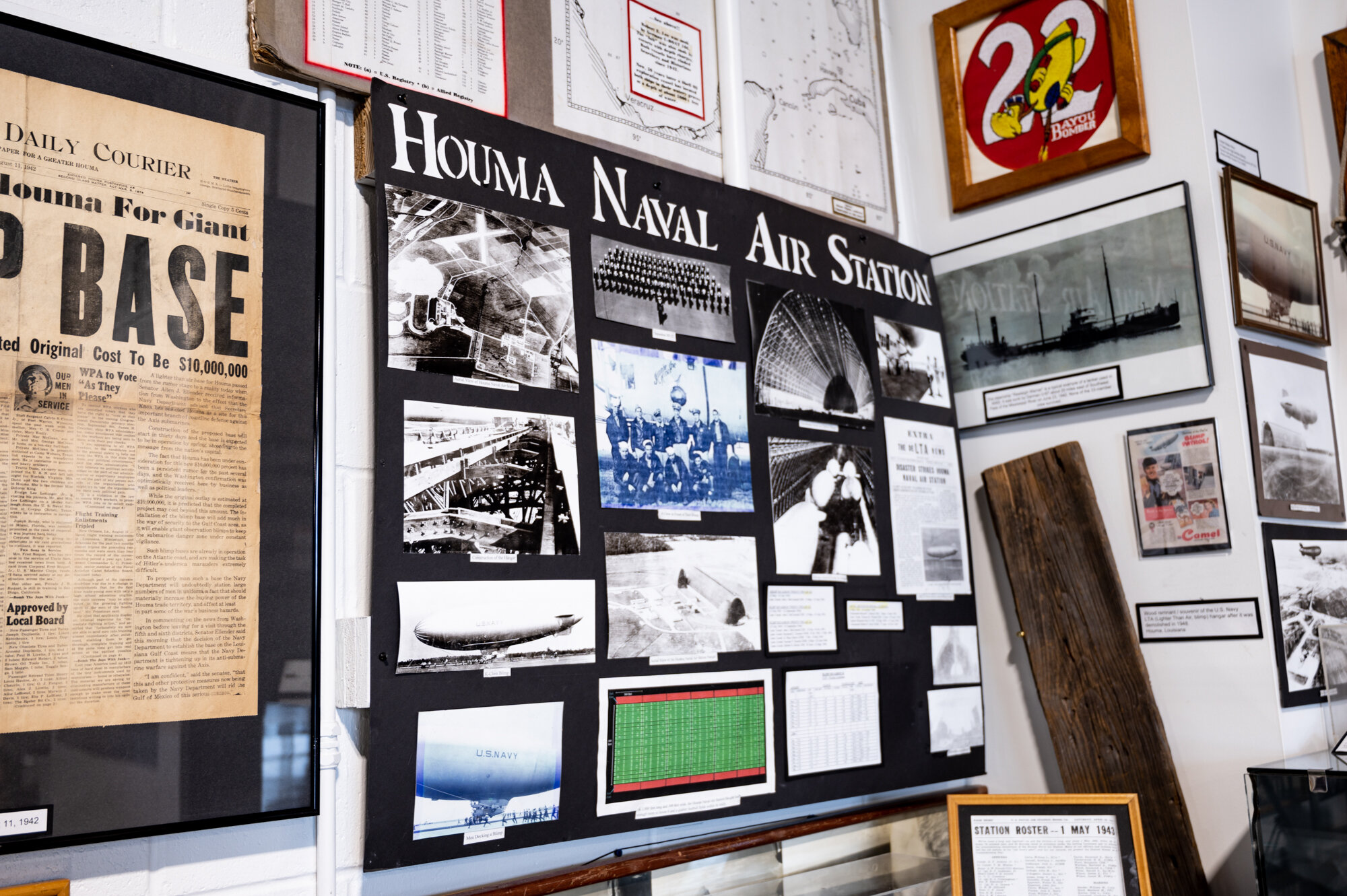
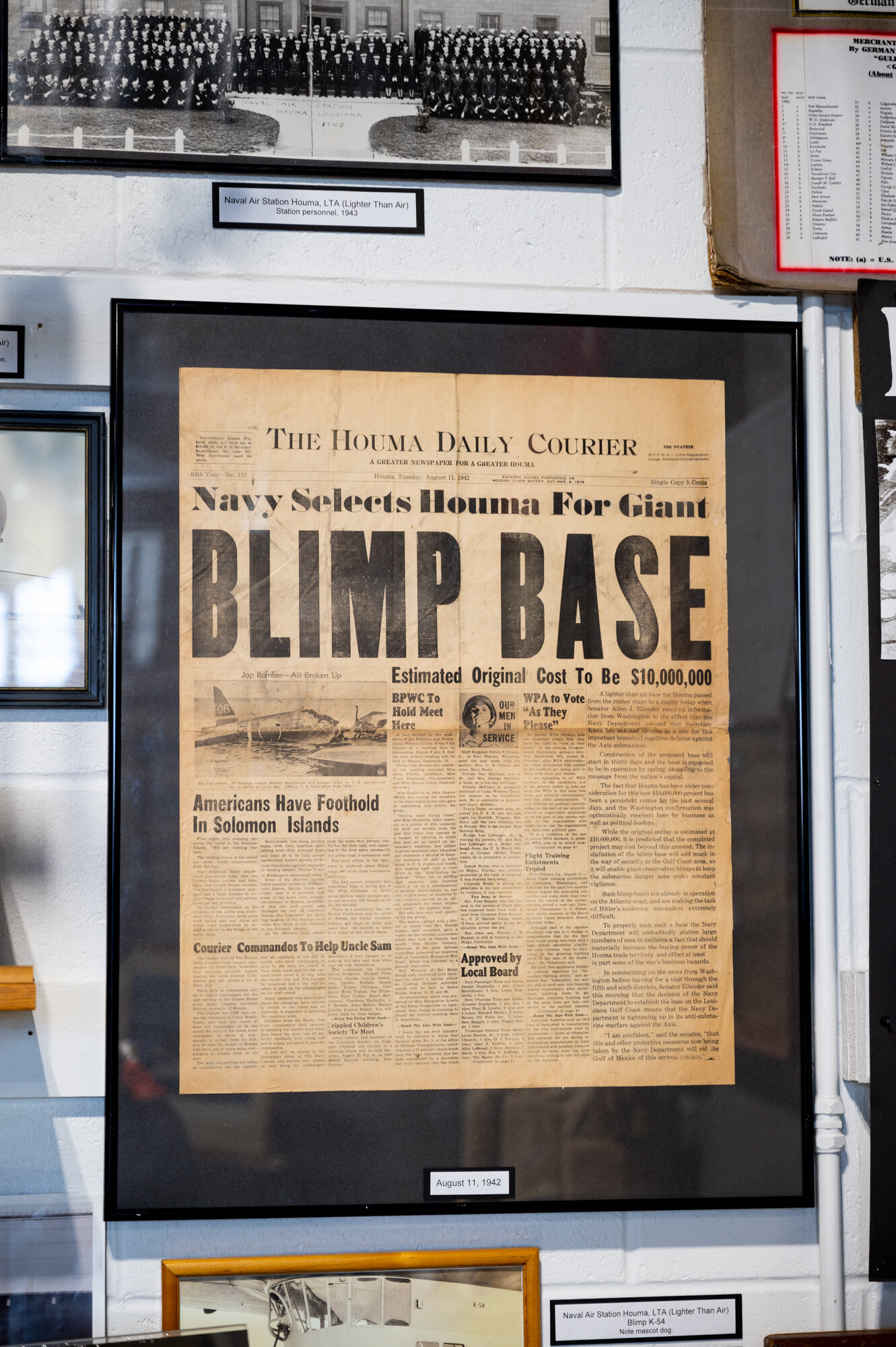
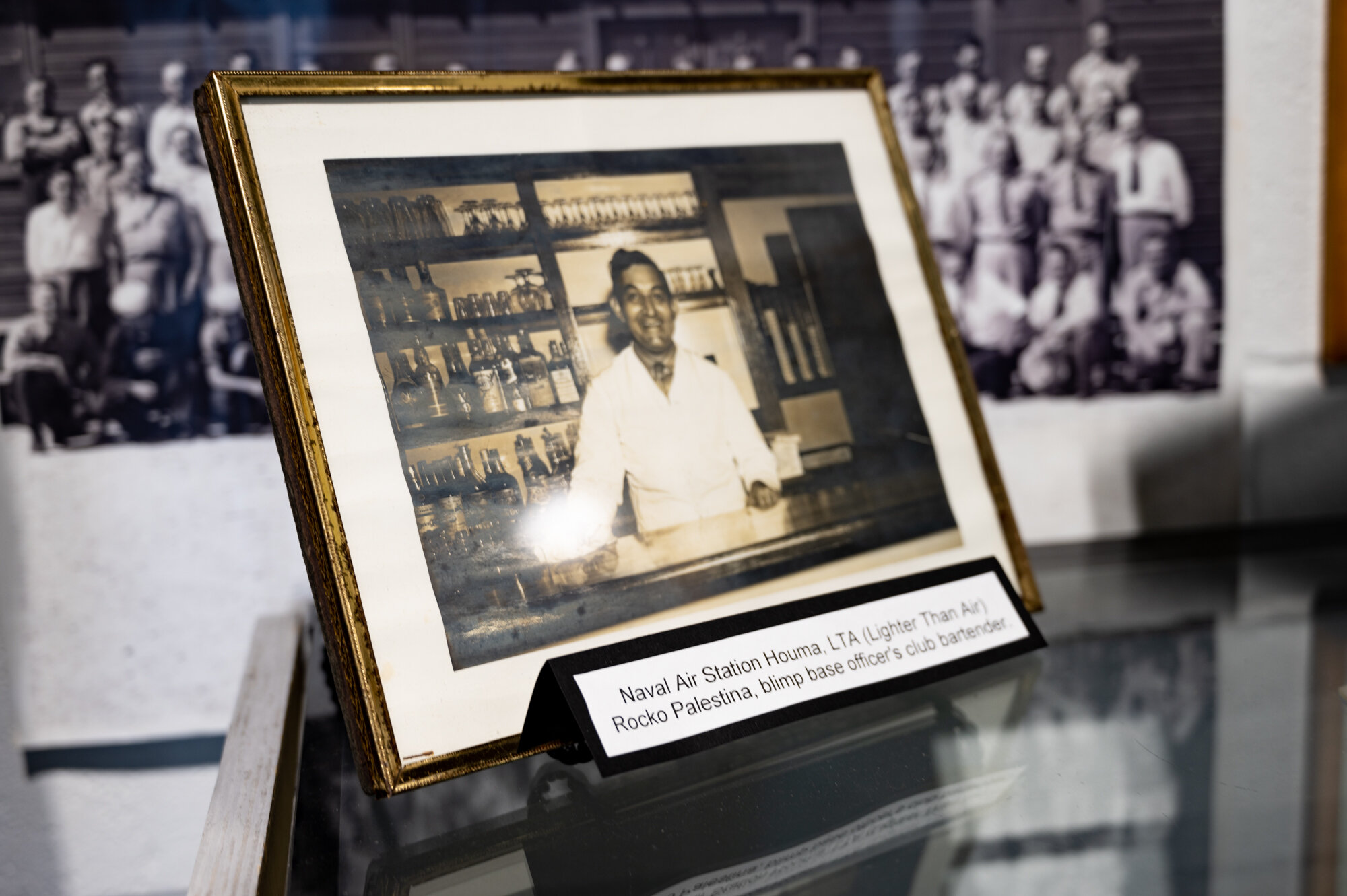
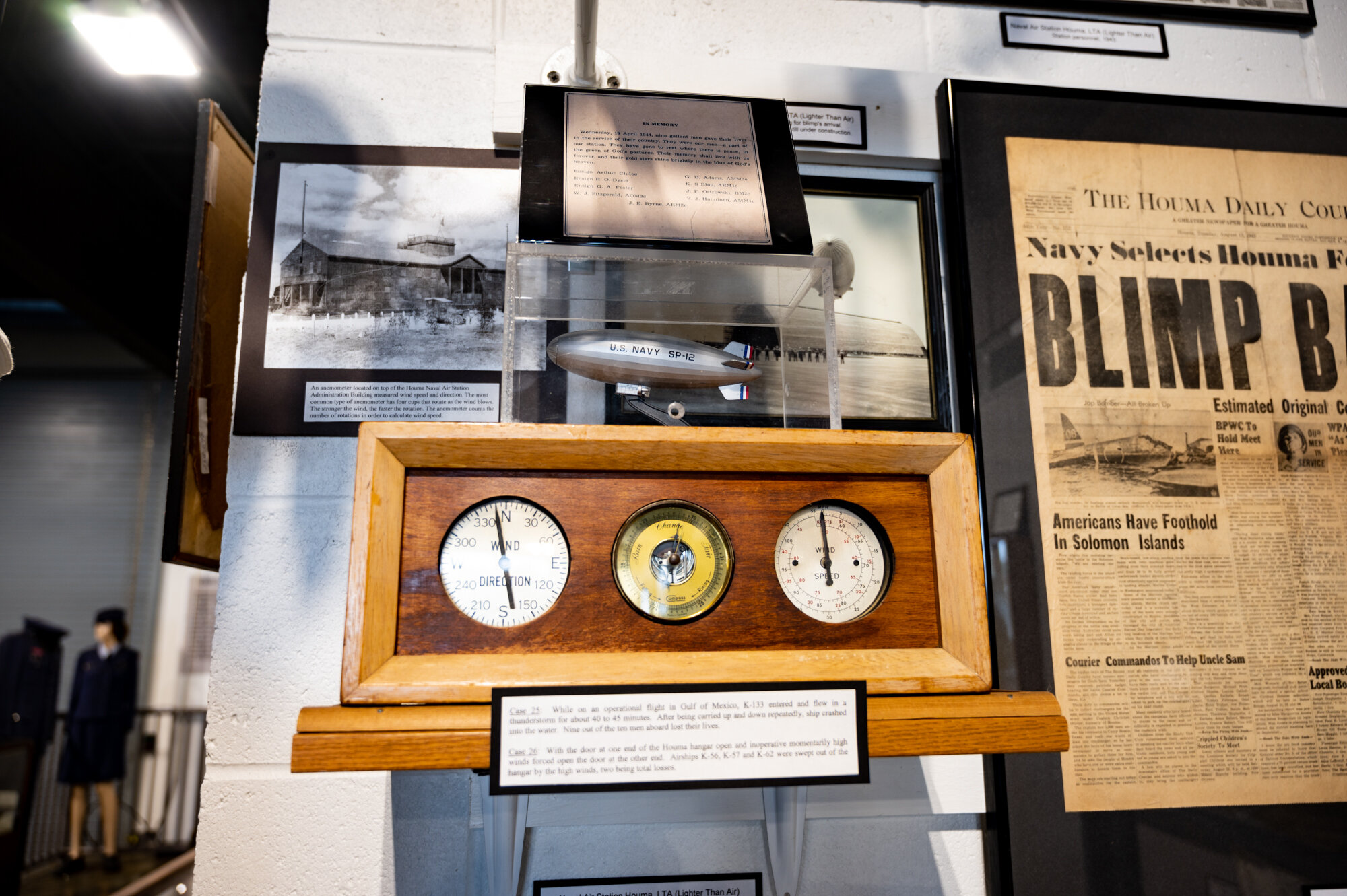
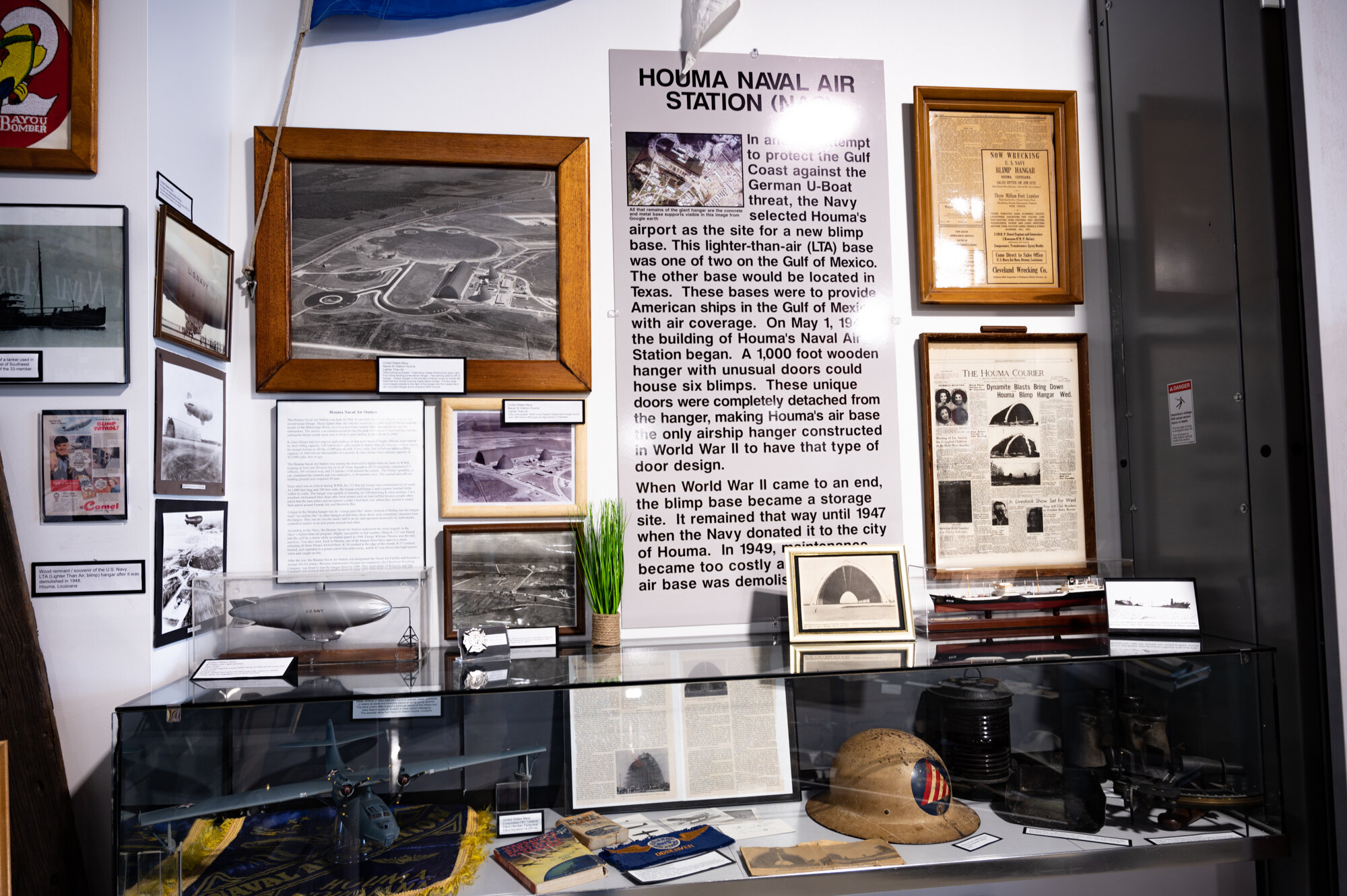
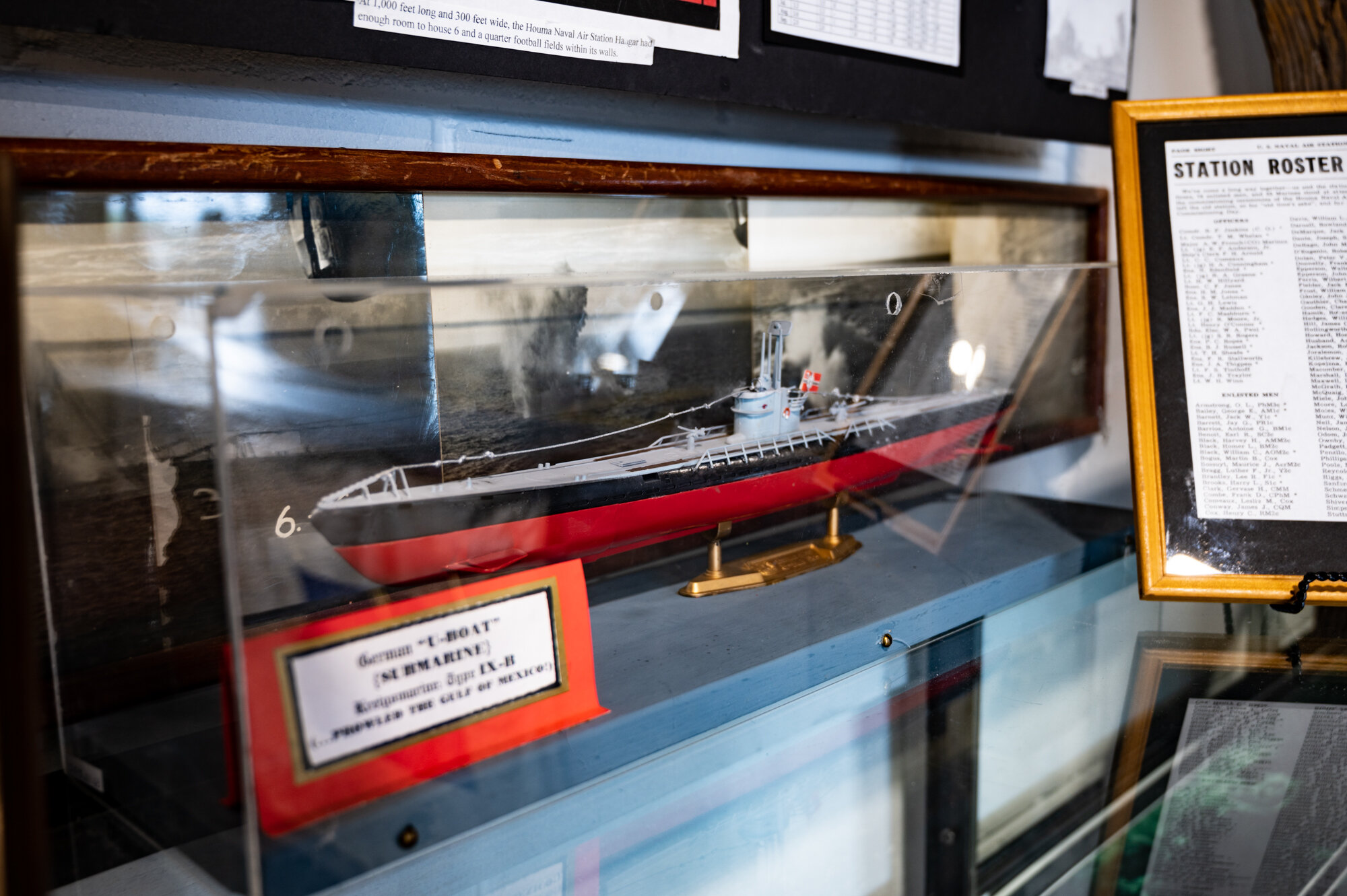
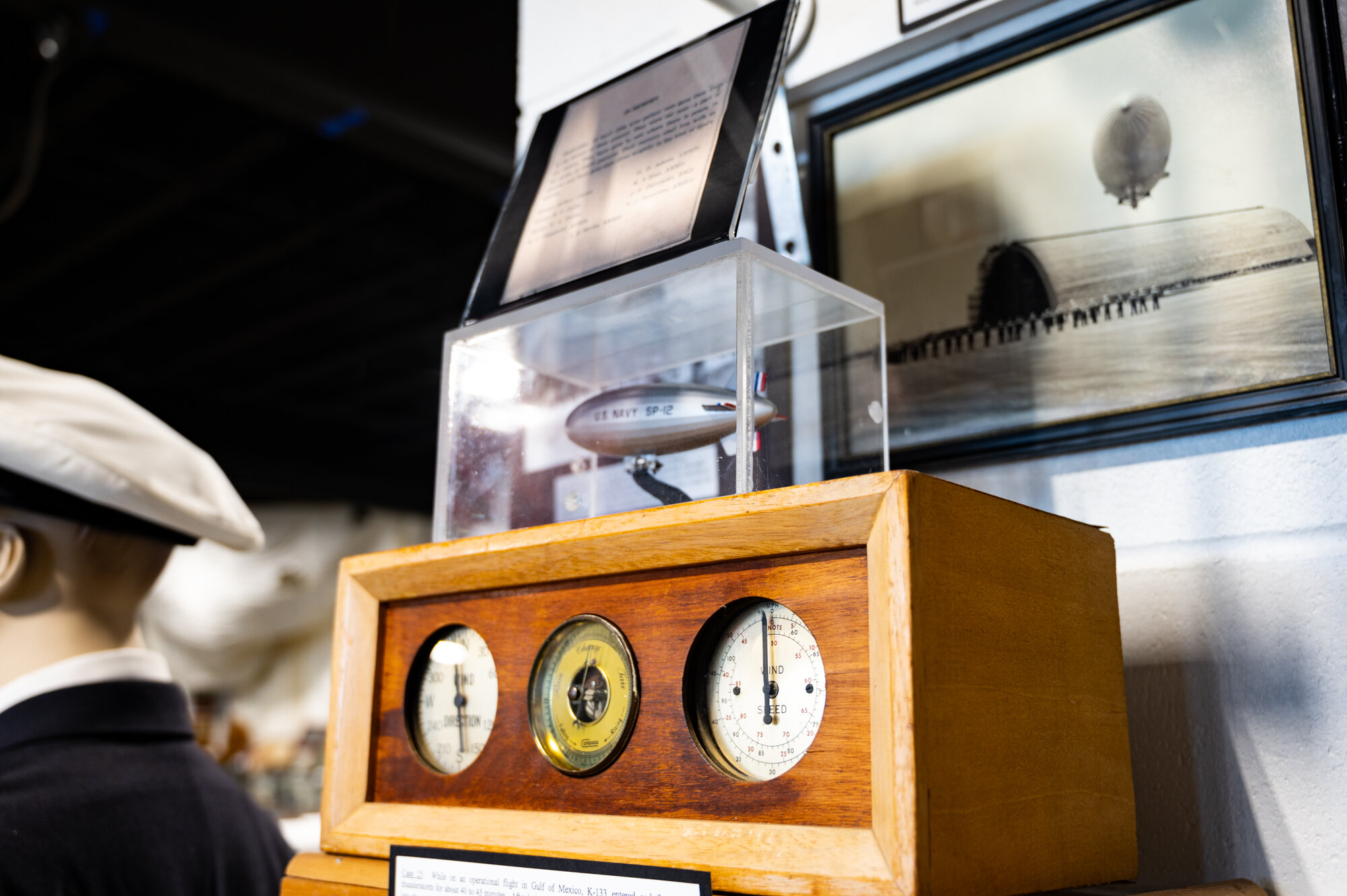
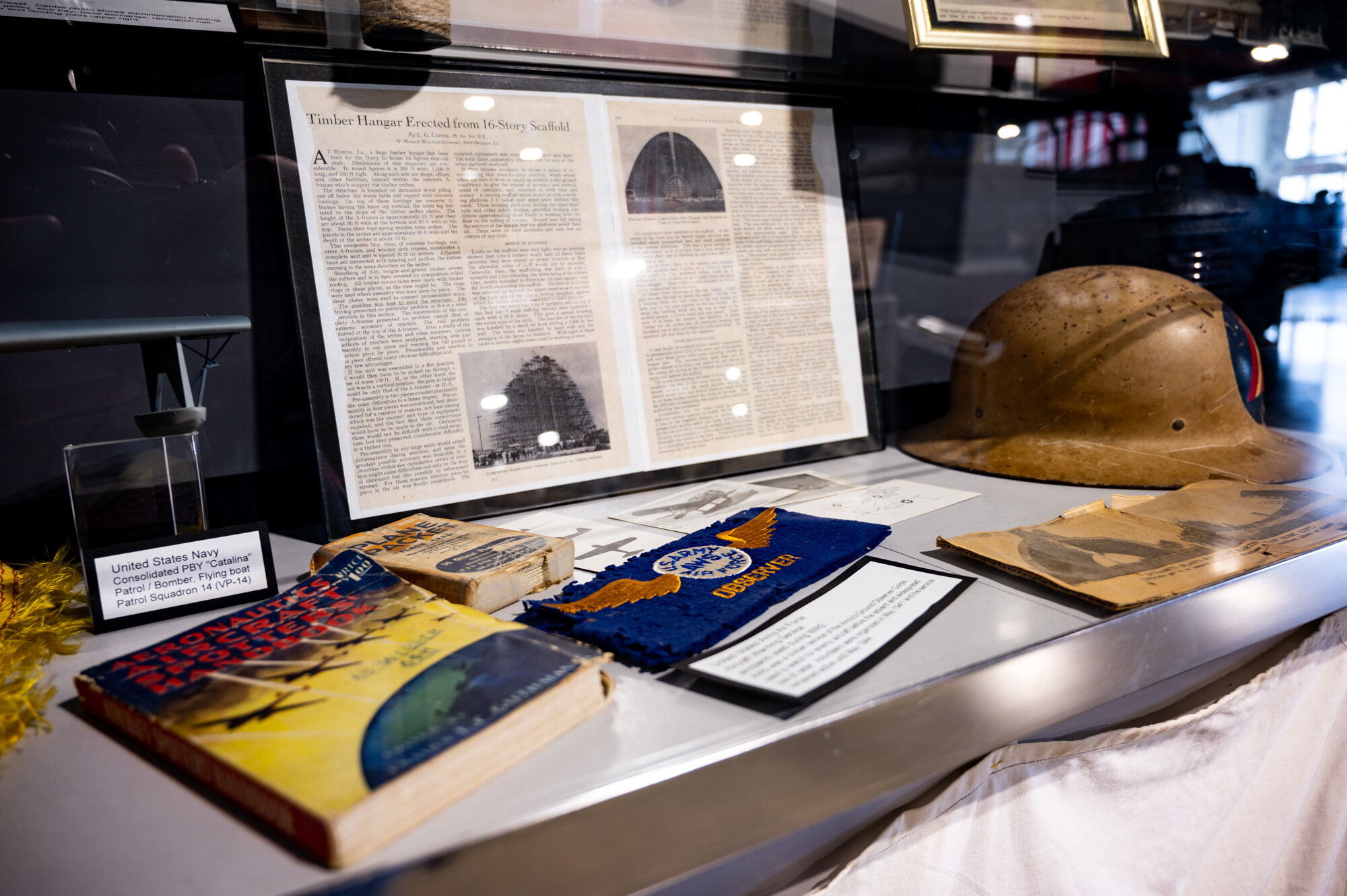
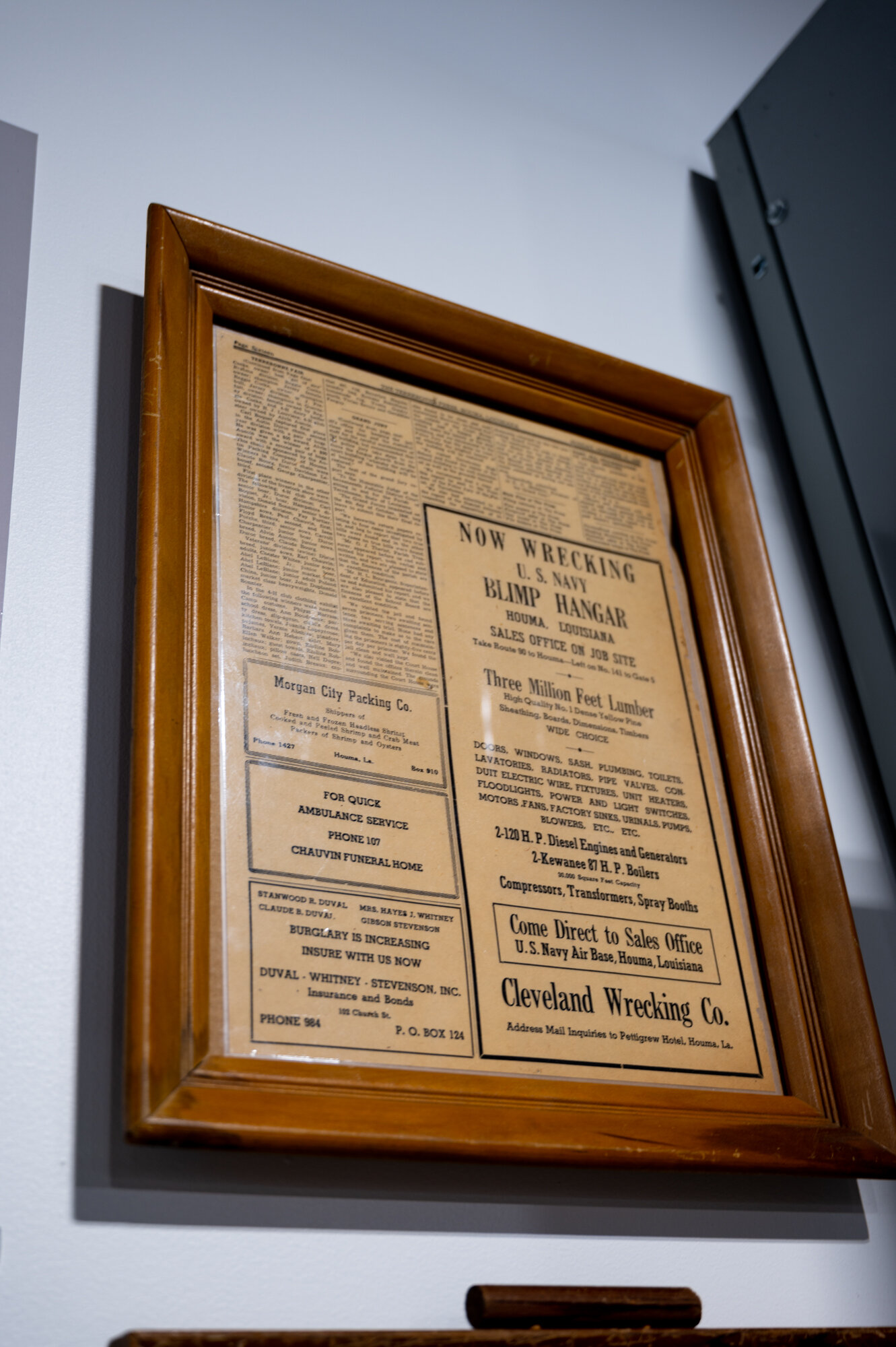
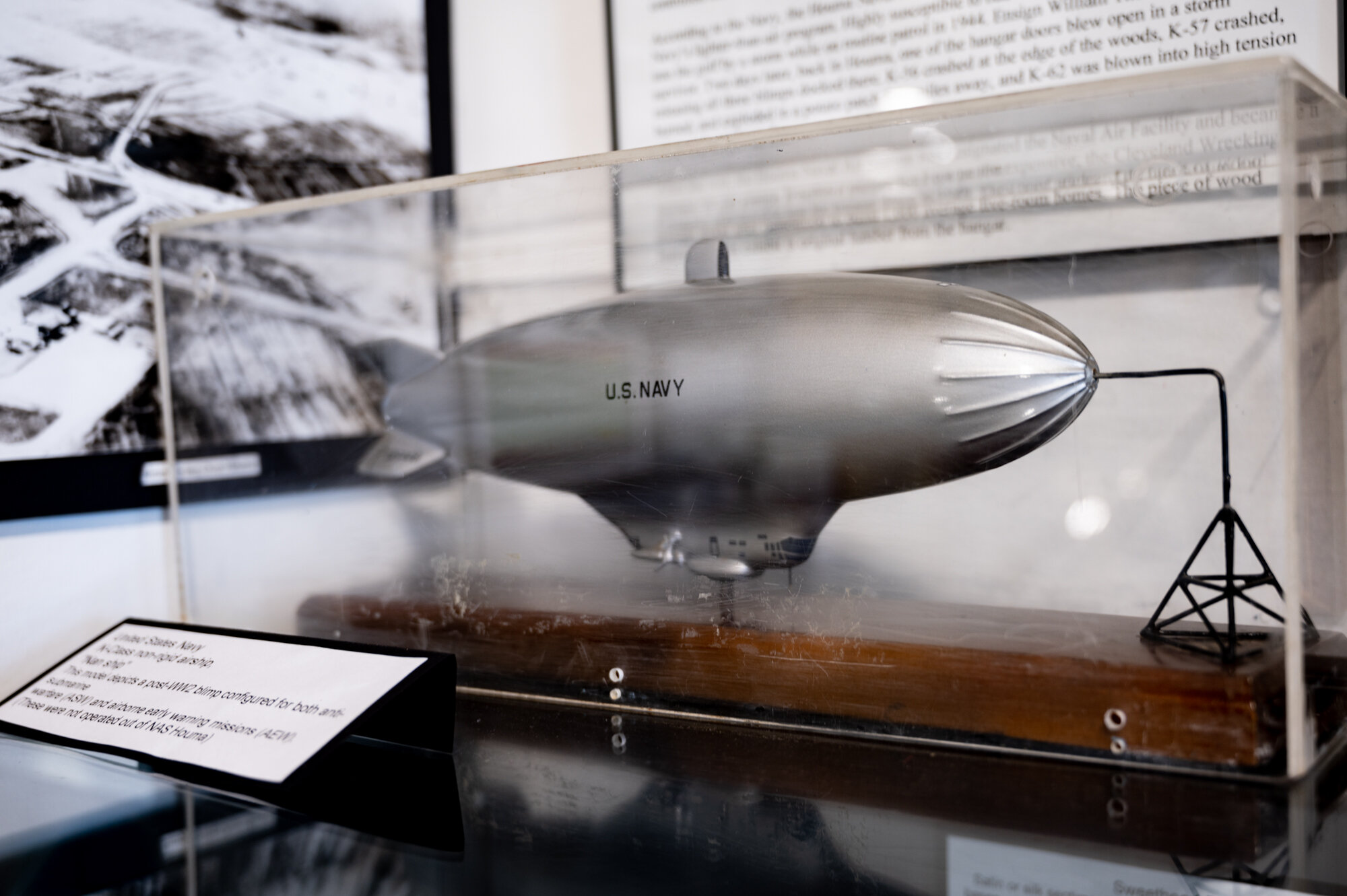

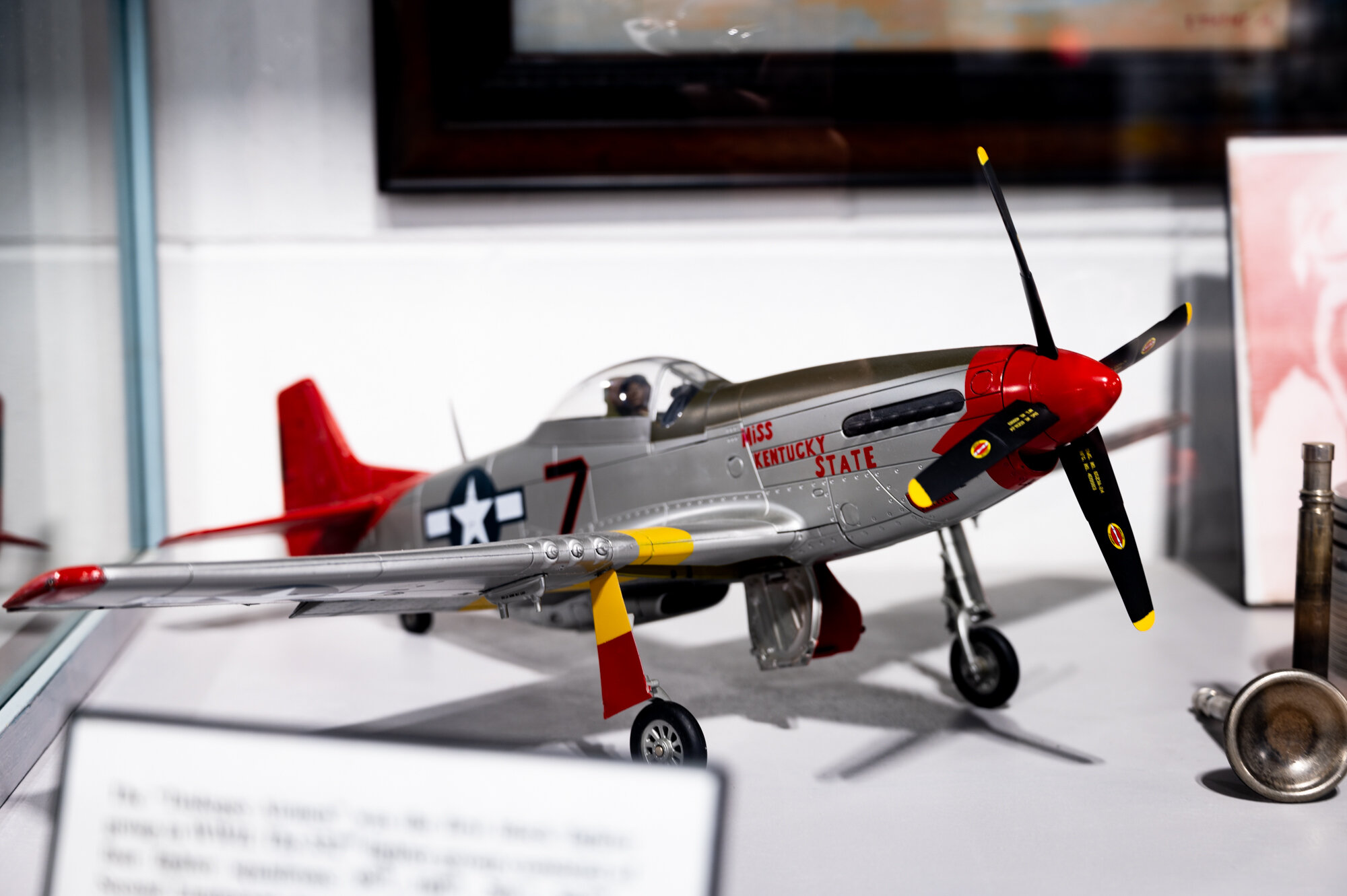
The base operated smoothly over the next 11 months. However, April of 1944 became a breeding ground for disasters and near-disasters for the base.
For a start, one blimp accidentally dropped a bomb on a Houma golf course due to a defective bomb rack. Though the bomb thankfully did not detonate, blimps were ordered to no longer fly over populated areas in town as a preventative measure.
On April 19th of that year, blimp K-133 went down in the Gulf at the hand of severe weather, leaving nine members of the crew dead. The blimp’s lone survivor, Ensign William Thewes, was rescued from the water 21 hours later, suffering from shock and minor injuries.
Just two days after K-133’s tragedy, rough winds blew open one of the base’s massive doors, forcing blimps K-56 and K-62 out of the hangar. K-56 crashed and exploded four miles away from the base, while K-62 was destroyed by fire after hitting high tension wires less than a mile from the base. No deaths or injuries resulted from the incident.
By September of 1944, the need for blimps in Houma had diminished as German U-Boats pulled their presence from the Gulf. Blimp operations were decommissioned that month, and the base entered 1945 as a Naval Air Facility for storing aircrafts.
In October of 1947, the base was deactivated, and the Navy handed over its land to the City of Houma and Terrebonne Parish.
The base’s unmanageable upkeep costs led to its demolishment in 1948, though. Today, only some of the base’s cement foundations remain in its location on Houma’s east side.
Visitors to the Regional Military Museum can discover the base’s winding history through an exhibit featuring WWII-era and post-WWII newspaper clippings detailing its existence and operations, a map of the base, photos from the base, replicas of the K-class blimps, and more.
